This Gochujang Pasta is creamy, spicy, and SO saucy! It's made with 8 ingredients and is ready in 20 minutes! Perfect for a weeknight dinner!
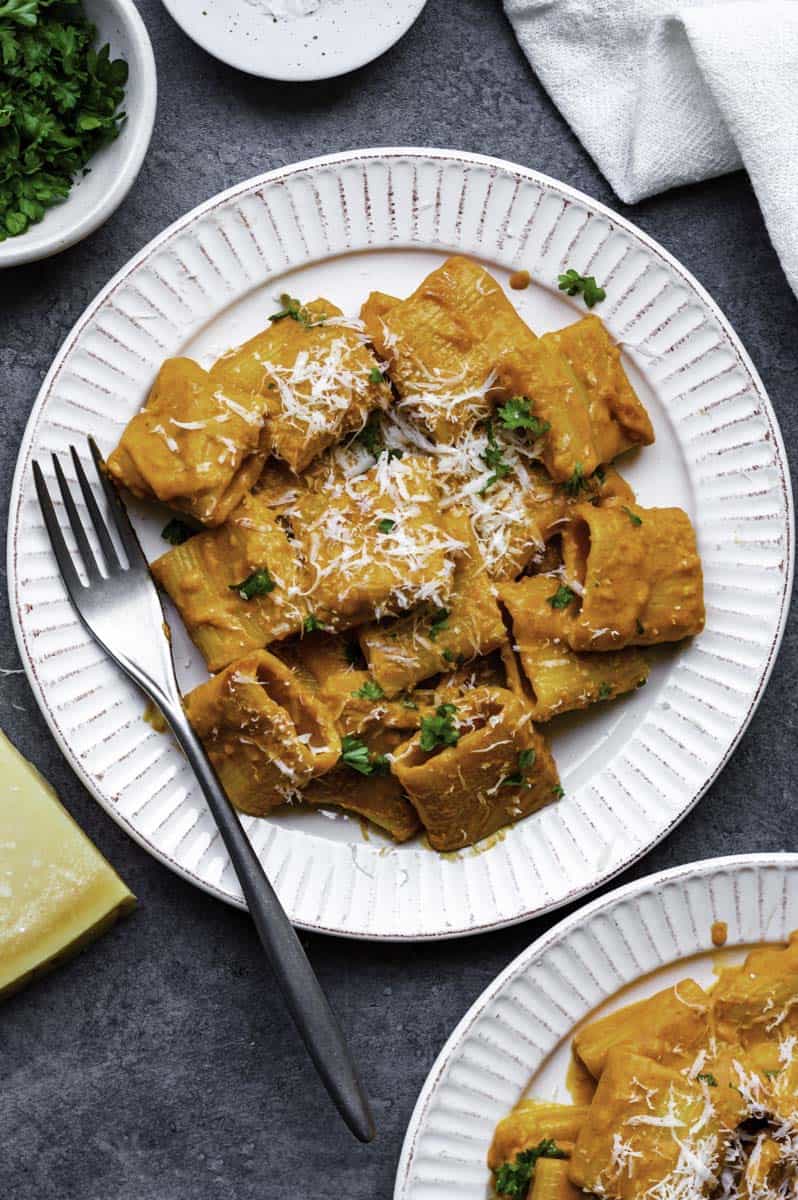
This Gochujang Pasta recipe is every spicy food lover's dream! Something in the combination of al dente noodles tossed with a creamy gochujang sauce makes it irresistible.
I have a lot of pasta recipes on my blog. From Ravioli Pomodoro to Garlic Chili Oil Noodles, to Kimchi Alfredo, just to name a few. But these saucy gochujang noodles are my favorite pasta recipe I've ever made.
They have the perfect balance between spicy, sweet, salty, and umami, and are made with minimal effort.
Jump to:
Why You'll Love This Recipe
- Ready in 20 minutes and perfect for when you're short on time.
- Made with 8 ingredients that you probably have at home right now.
- Packed with flavor and creaminess from the combination of gochujang and heavy cream.
- Easy to make with minimal effort. No fancy methods.
What is Gochujang?
Gochujang is a fermented Korean chili paste that is an essential ingredient in Korean cooking. It's made with chilies, fermented soybeans, glutinous rice, and salt.
Gochujang is spicy, salty, earthy, and sweet. It has a thick and sticky texture and is most often used in Korean dishes to make marinades for meat and sauces. Its most popular uses are in dishes like kimchi jjigae and tteokbokki.
Where Can I Buy Gochujang?
Nowadays, you can find it in the Asian section of most big grocery stores. If not, you always find it in your local Asian market.
You can also order gochujang on Amazon, or other online stores.
Ingredients and Notes

- Pasta: You can use any pasta shape you like, I am using large rigatoni here. It's best to choose pasta that has a rough exterior, which will help the sauce stick to it.
- Heavy cream: This is what will make the gochujang pasta creamy and help the sauce come together. It also mellows down the spiciness from the gochujang paste.
- Gochujang paste: As mentioned above, this is a fermented Korean chili paste that has a unique flavor. You can find it in most Asian markets.
- Butter: To sauté the garlic and toast the gochujang paste.
- Parmesan: It helps thicken the sauce and adds flavor and cheesiness.
- Garlic: I like to use quite a bit of garlic in this recipe, 4-6 cloves. When it's sauteed in butter, it gives the dish a great flavor and aroma.
- Salt and black pepper: To season the sauce, to taste.
- Smoked paprika (optional): I find that a little bit of smoked paprika adds a nice kick of flavor, but it's optional and this recipe will be just as delicious without it.
See the recipe card below for exact measurements.
How to Make Gochujang Pasta
Step 1: Cook the pasta until al dente
Fill a large pot with water (I am using a Dutch oven) and season with 1 teaspoon salt. Once it comes to a boil, add the pasta, stir and cook for 1 minute shy from what the packaging says, until al dente.
When ready, save ½ cup of pasta water, and drain the rest. Add the pasta to a bowl and toss with 1 tablespoon olive oil to prevent it from sticking. Set aside.
Step 2: Make the gochujang sauce
In the same pot, melt the butter over medium heat. Once it starts to sizzle, add the minced garlic and cook for 30 seconds to 1 minute, stirring very often, or until fragrant.
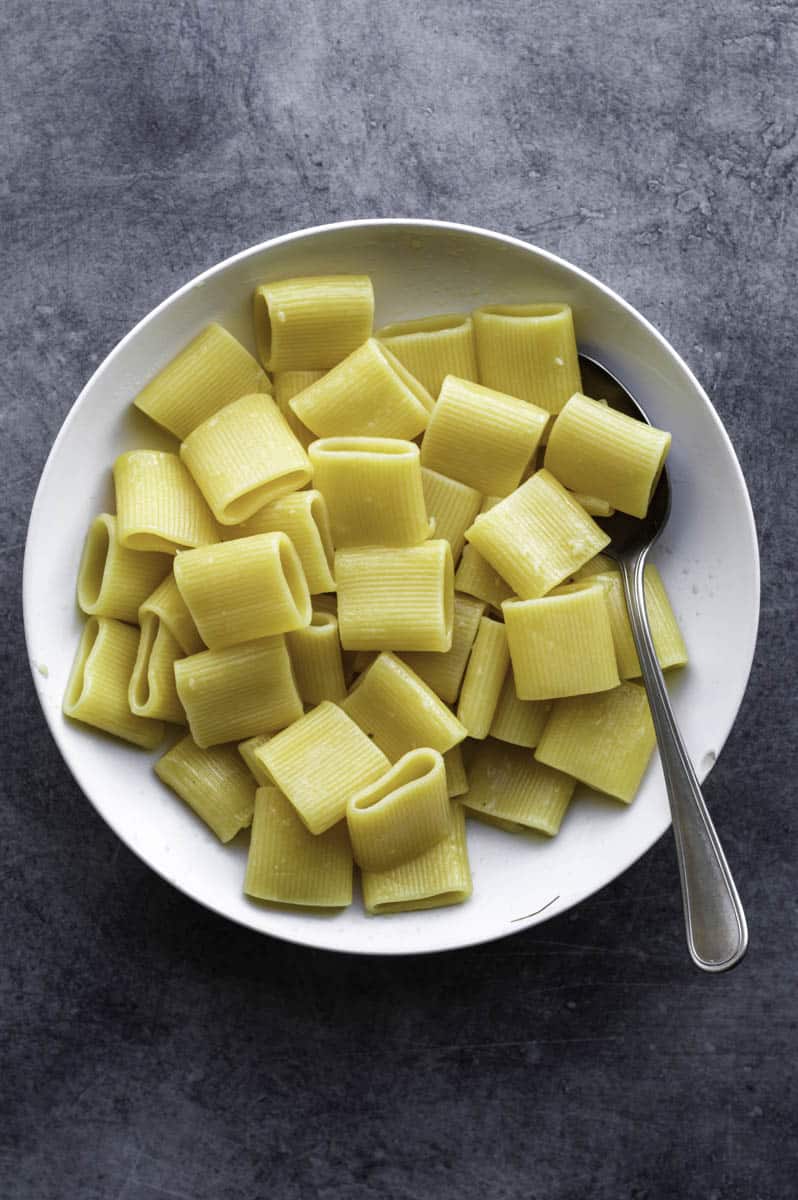
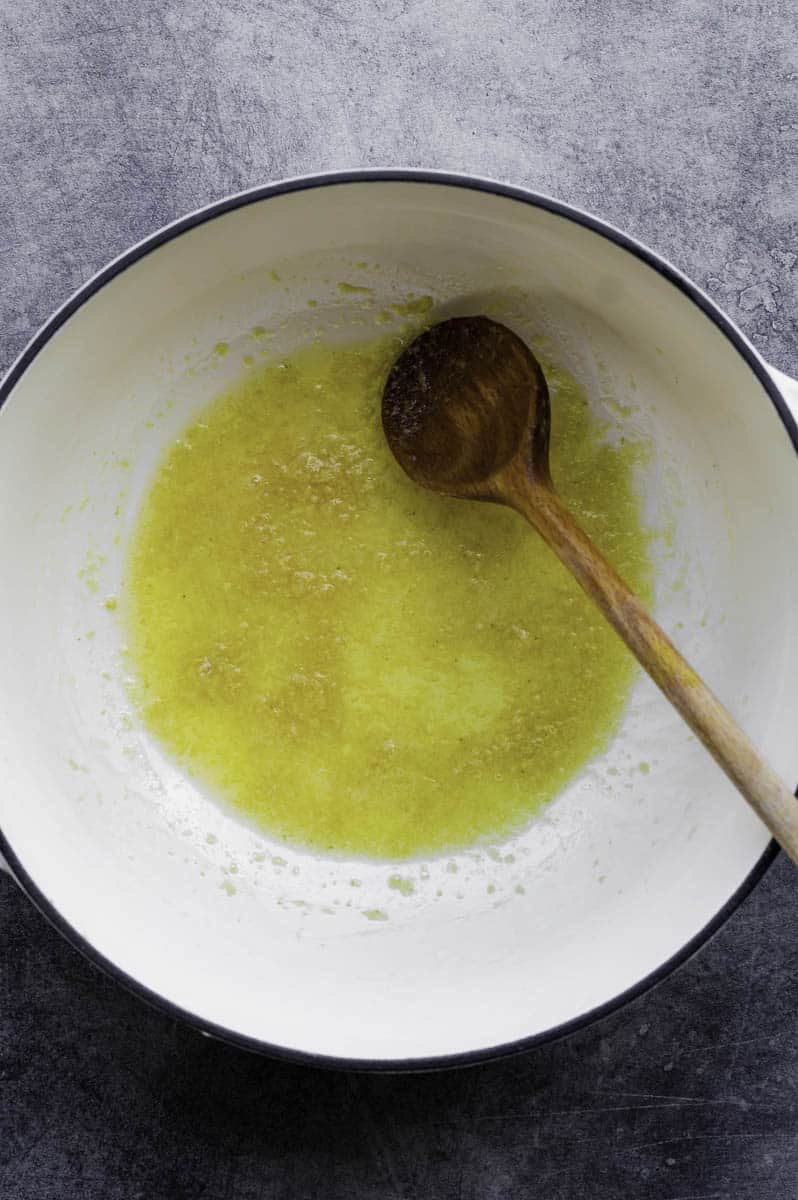
Add gochujang paste and stir. Toast the paste for 1-2 minutes, or until it darkens in color and caramelizes a little bit.
Then, add the heavy cream and half of the reserved pasta water. Stir until the sauce is creamy and smooth. Season with a pinch of salt and black pepper, and smoked paprika (if using). Bring to a gentle simmer.
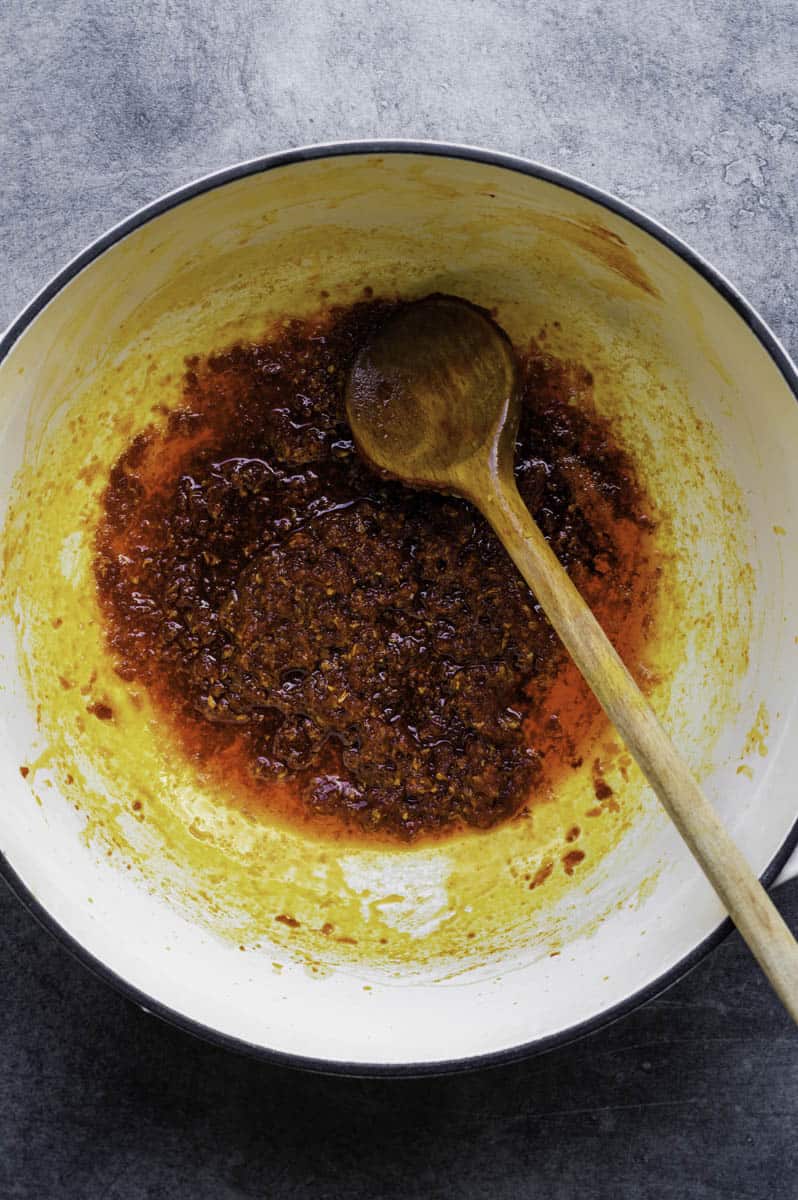

Step 3: Coat the pasta with the sauce
Add the cooked pasta to the creamy sauce, alongside the grated parmesan cheese. Turn the heat to low and cook until the sauce has thickened and the pasta is well coated, about 1-2 minutes.
Step 4: Season to taste
Remove from the heat and give it a taste test. Add more salt or black pepper if needed, or more pasta water if you need to thin out the sauce.
Serve this gochujang pasta immediately with more parmesan cheese on top and a few sprinkles of fresh parsley (optional).
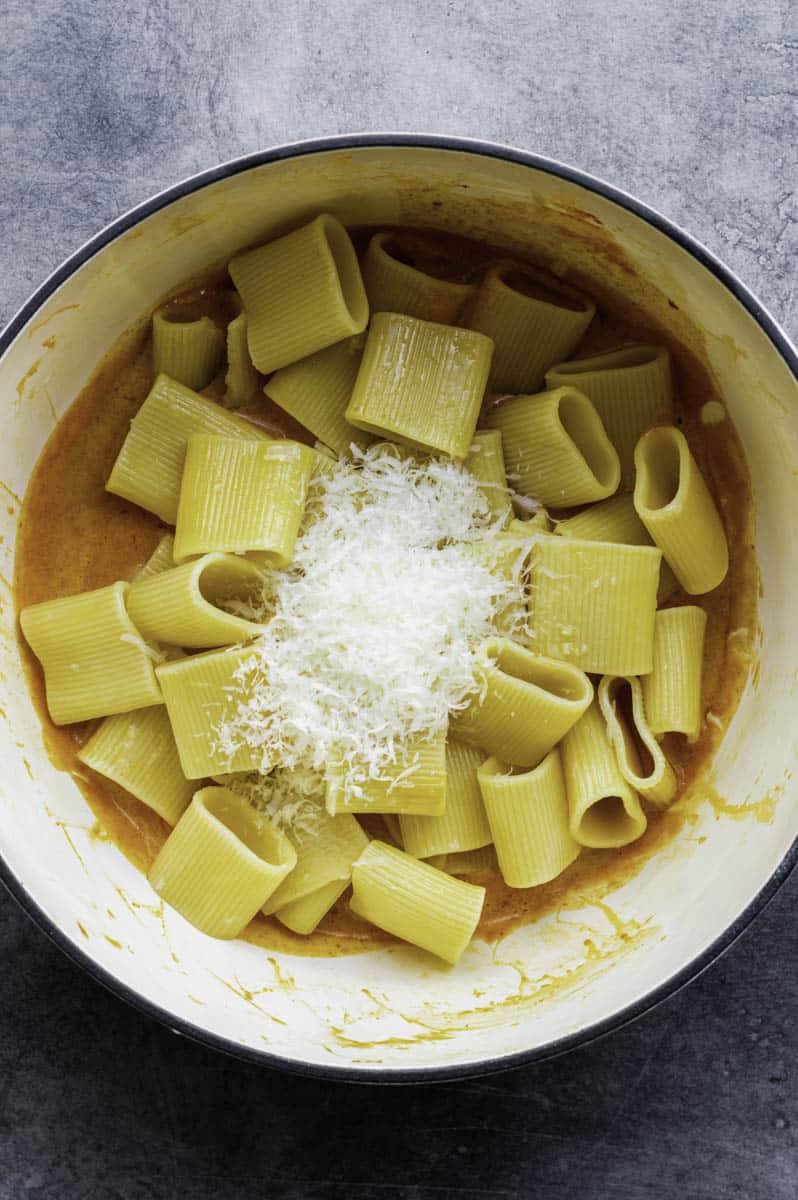

Expert Tips
- Use high-quality pasta. Bronze-but pasta releases more starch into the pasta water and later absorbs more of the sauce. You also want to choose a pasta type with a rough exterior so the sauce can stick to it. In general, the better your pasta, the better the final dish.
- Salt your pasta water like the ocean. This flavors the noodles from the inside out, and later flavors the sauce. I like to add at least 1 teaspoon of sea salt for every 3 liters of water.
- Cook the pasta until al dente. It will continue to cook when it gets tossed with the sauce, so set a timer for 1 minute less than the time on the package instructions.
- Save some of the pasta water. Have you ever wondered how the sauces in Italian restaurants are so smooth and creamy and stick to the pasta? Well, pasta water is the secret. Because it has starch from cooking the noodles, it makes the sauce super creamy and coats the pasta very well.
- Toast the gochujang paste. Toasting the gochujang paste in oil or butter caramelizes it, and gives it a nutty flavor. It's an essential step to add flavor and sweetness to the sauce.
FAQ
Yes, this gochujang pasta is moderately spicy, but you can adjust the spice level. If you want to make it less spicy, you can substitute 1 tablespoon of the gochujang paste with 1 tablespoon tomato paste. And if you want to make it spicier, add 1 more tablespoon of gochujang paste.
Although it's an essential ingredient, you can substitute it with double concentrate tomato paste and ¼ teaspoon of red pepper flakes, which will make it similar to vodka pasta without vodka.
Yes! Let leftovers cool to room temperature, then transfer to an airtight container, and freeze for up to 3 months.
Stovetop: Add your pasta to a small pot, alongside a splash of water. Heat on medium-low heat, stirring often, until hot.
Microwave: Add pasta to a plate, and heat in the microwave for 1-2 minutes or until hot, stirring halfway through.
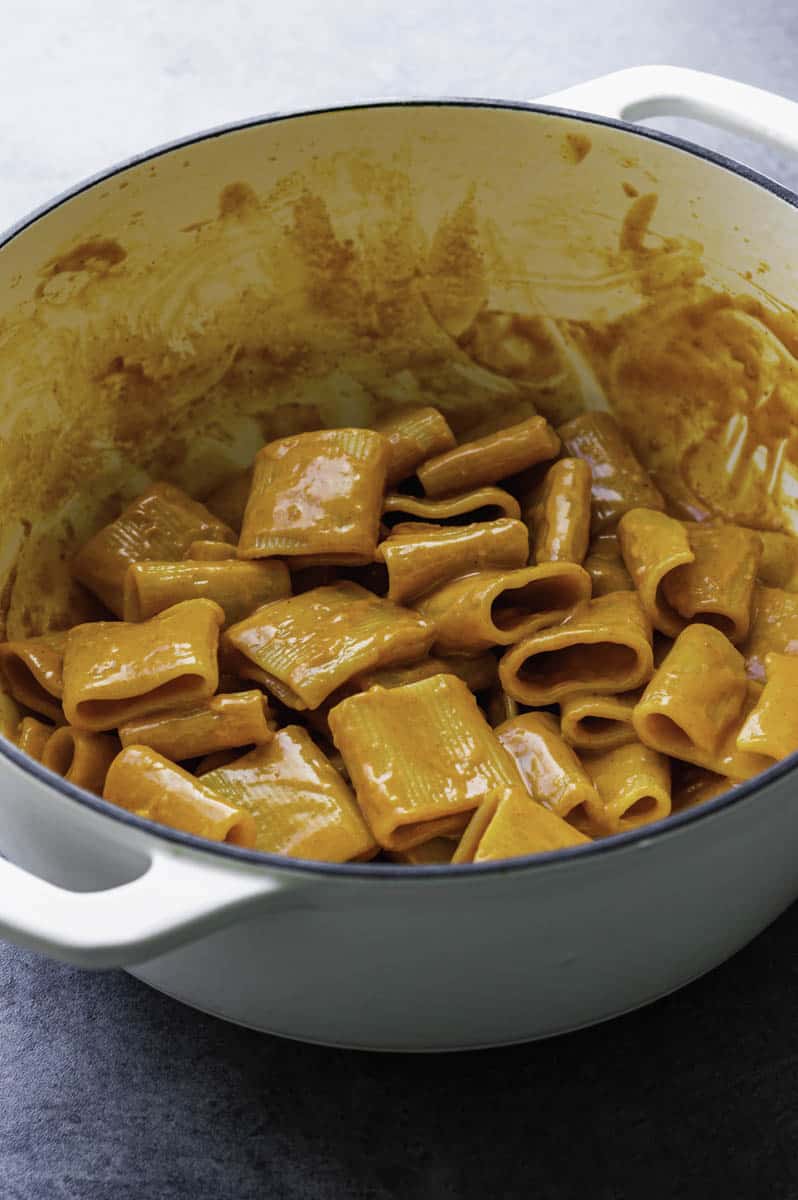
Variations
- Add protein: You can add your favorite protein like chicken, prawns, shrimp, cubed tofu, or crispy tempeh. Cook the protein in a separate pan and add it to the gochujang pasta in the last step.
- Add vegetables: This recipe would be delicious with peas, sauteed kale, spinach, broccoli, or bok choy. Blanch the veggies in another pot and add them to the pasta in the last step.
- Make it vegan: You'll need to use vegan butter or olive oil, cashew cream or full-fat coconut milk, and vegan parmesan cheese.
- Optional garnishes: To give even more flavor to this dish, you can top it with a few drops of toasted sesame oil or chili garlic oil, a sprinkle of sesame seeds, or some chopped green onions. A squeeze of lime juice would also be delicious.
Substitutions
- Cream: You can use lactose-free heavy cream or cashew cream if you want to make this recipe dairy-free. If you don't have cream, you can use milk and a cornstarch slurry to thicken the sauce.
- Butter: You can use olive oil instead.
- Parmesan cheese: Substitute with vegan parmesan cheese or nutritional yeast.
- Pasta: You can use ramen noodles or rice noodles instead.
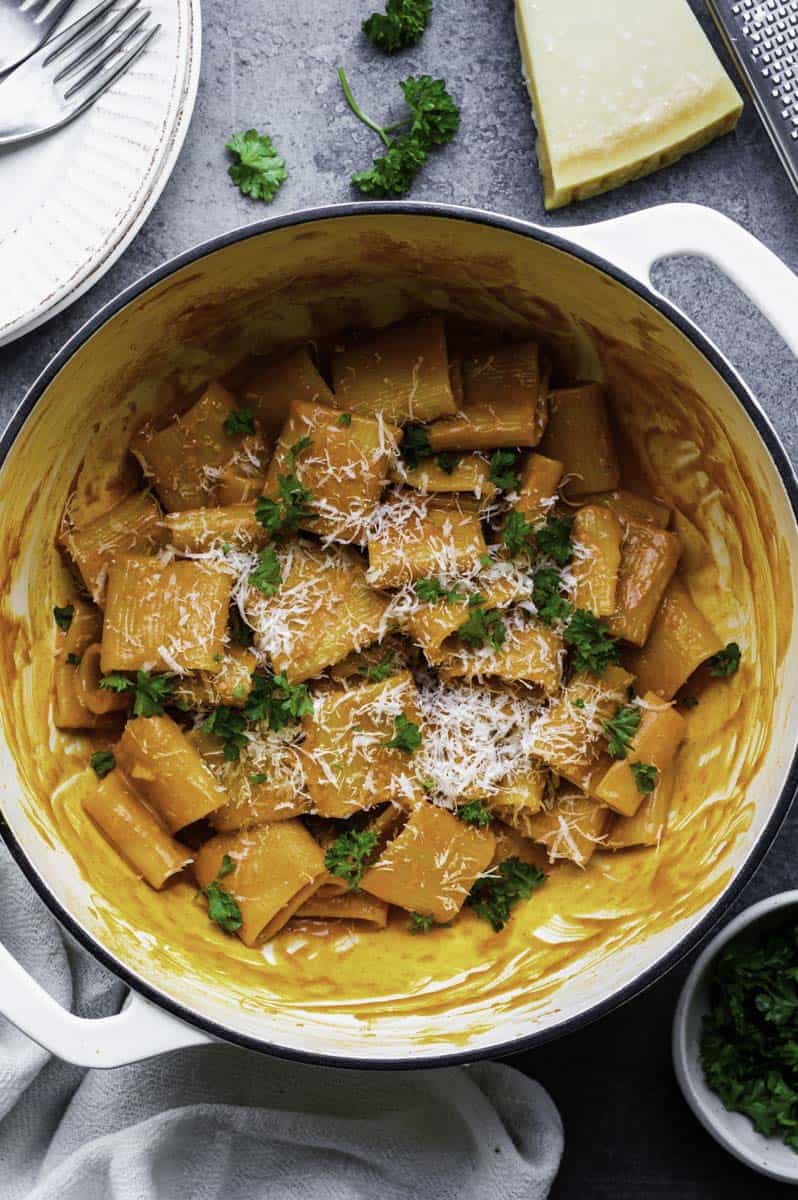
Serving
I love to pair this dish with something high-protein like this gochujang tofu, smoky tofu, or this hearty sweet potato arugula salad.
Storage
Let gochujang pasta cool to room temperature. Then, transfer it to an airtight container and store it in the fridge. If the pasta and the sauce are stored separately, they can last for up to 6 days. If they have been mixed, they will keep for 3-4 days.
Similar Recipes
📖 Recipe
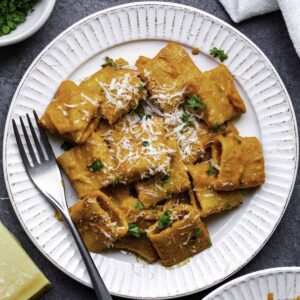
BEST Creamy Gochujang Pasta
Equipment
- A large pot
Ingredients
- 1 lb (250g) pasta of choice (I use large rigatoni; use gluten-free if needed)
- 1 teaspoon olive oil
- 2 tablespoon butter (use olive oil or vegan butter if needed)
- 4-6 garlic cloves, minced
- 2 tablespoon gochujang (add 3 tablespoon if you like it really spicy)
- 1 cup heavy cream (or vegan cream or full-fat coconut milk from a can)
- Salt and black pepper, to taste
- ¼ teaspoon smoked paprika (optional)
- ¼ cup freshly grated parmesan, and more for serving (use vegan parm if needed)
Instructions
- Fill a large pot with water and season with 1 teaspoon salt. Once it comes to a boil, add the pasta, stir and cook for 1 minute shy from what the packaging says, until al dente.
- When ready, save ½ cup of pasta water, and drain the rest. Add the pasta to a bowl and toss with 1 tablespoon of olive oil to prevent it from sticking. Set aside.
- In the same pot, melt the butter over medium heat. Once it starts to sizzle, add the minced garlic and cook for 30 seconds to 1 minute, stirring very often, or until fragrant. Add gochujang paste and stir. Toast the paste for 1-2 minutes, or until it darkens in color and caramelizes a little bit.
- Then, add the heavy cream and half of the reserved pasta water. Stir until the sauce is creamy and smooth. Season with a pinch of salt and black pepper, and smoked paprika (if using) and bring to a gentle simmer.
- Add the cooked pasta to the creamy sauce, alongside the grated parmesan cheese. Turn the heat to low and cook until the sauce has thickened and the pasta is well coated, stirring often.
- Remove from the heat and give it a taste test. Add more salt or black pepper if needed, or more pasta water if you need to thin out the sauce.
- Serve immediately with more parmesan cheese on top and a few sprinkles of fresh parsley (optional).
Notes
- Use high-quality pasta. Bronze-but pasta releases more starch into the pasta water and later absorbs more of the sauce. You also want to choose a pasta type with a rough exterior so the sauce can stick to it. In general, the better your pasta, the better the final dish.
- Salt your pasta water like the ocean. This flavors the noodles from the inside out, and later flavors the sauce. I like to add at least 1 teaspoon of sea salt for every 3 liters of water.
- Cook the pasta until al dente. The pasta will continue to cook when it gets tossed with the sauce, so set a timer for 1 minute less than the time on the package instructions.
- Save some of the pasta water. Have you ever wondered how the sauces in Italian restaurants are so smooth and creamy and stick to the pasta? Well, pasta water is the secret. Because it has starch from cooking the noodles, it makes the sauce super creamy and coats the pasta very well.
- Toast the gochujang paste. Toasting the gochujang paste in oil or butter caramelizes it, and gives it a nutty flavor. This is an essential step to add flavor and sweetness to the sauce.
- Fridge: Let leftovers cool to room temperature. Then, transfer it to an airtight container and store it in the fridge. If the pasta and the sauce are stored separately, they can last for up to 6 days. If they have been mixed, they will keep for 3-4 days.
- Freezer: Yes! Let leftovers cool to room temperature, then transfer to an airtight container, and freeze for up to 3 months.
Nutrition
Nutrition information is a rough estimate calculated with third-party calculations without including the optional ingredients.
Food safety
- Cook to a minimum temperature of 165 °F (74 °C)
- Do not use the same utensils on cooked food, that previously touched raw meat
- Wash hands after touching raw meat
- Don't leave food sitting out at room temperature for extended periods
- Never leave cooking food unattended
- Use oils with a high smoking point to avoid harmful compounds
- Always have good ventilation when using a gas stove
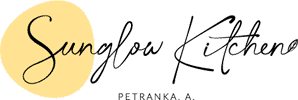

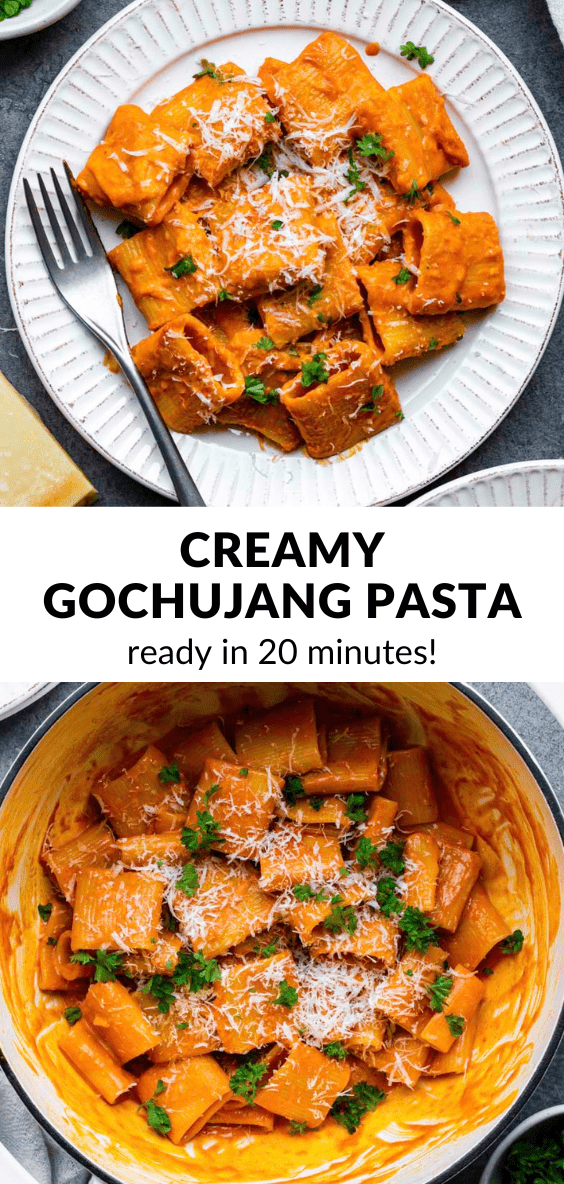
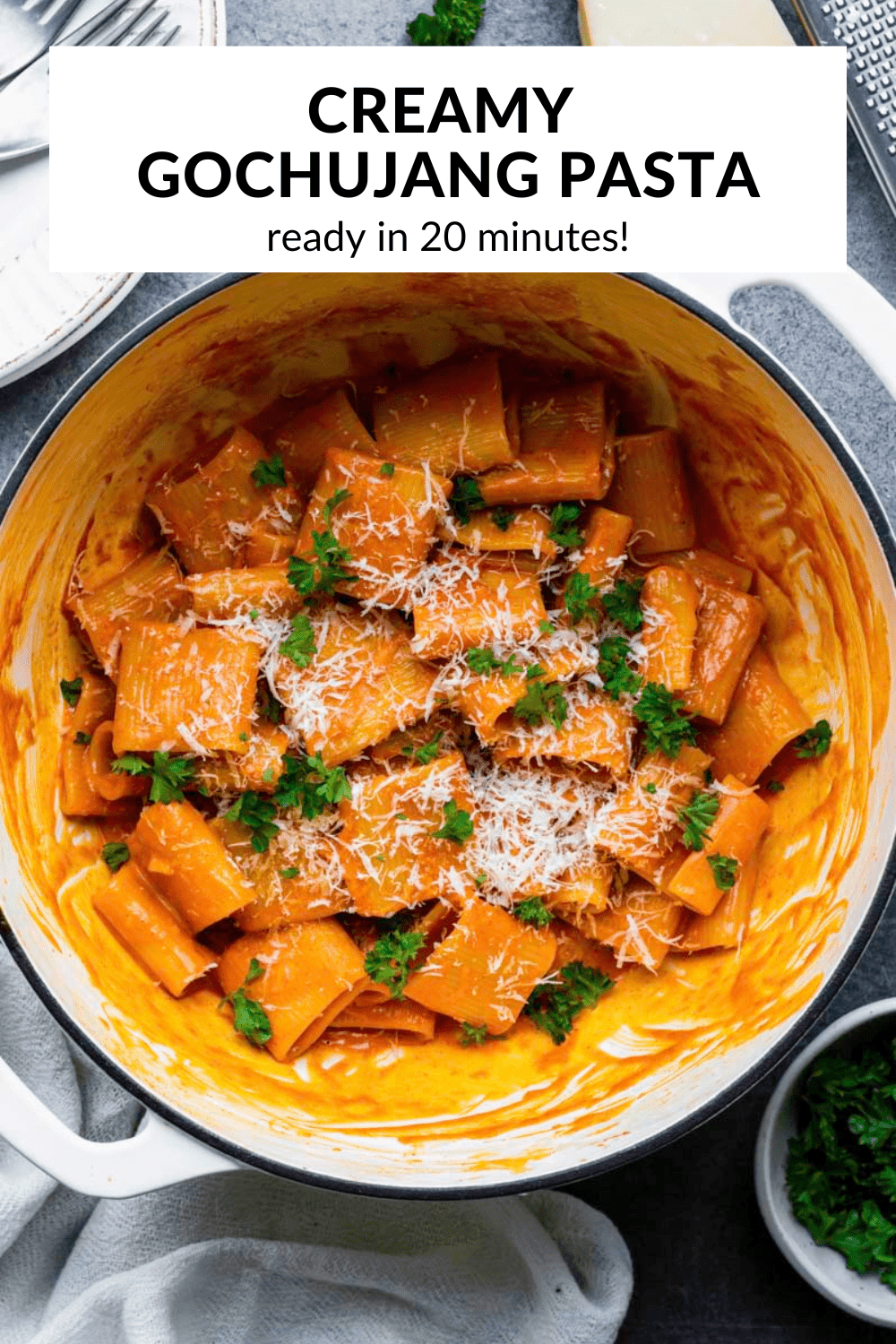

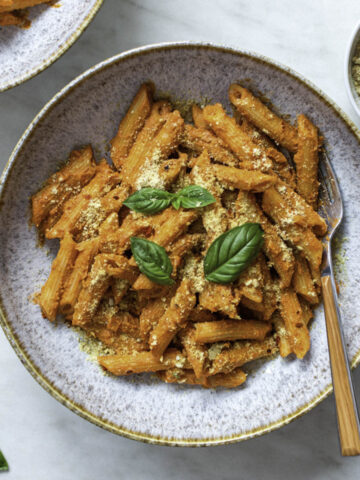
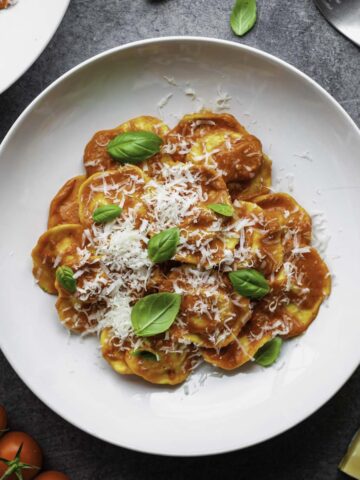
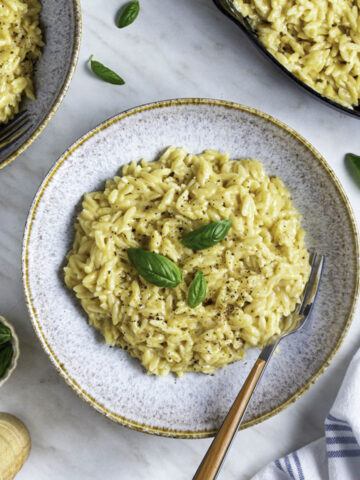
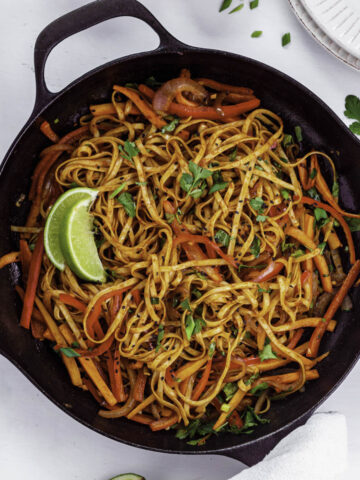
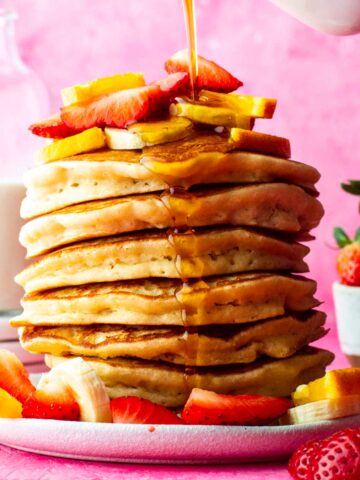
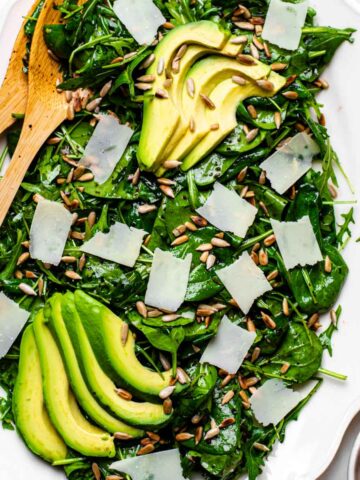
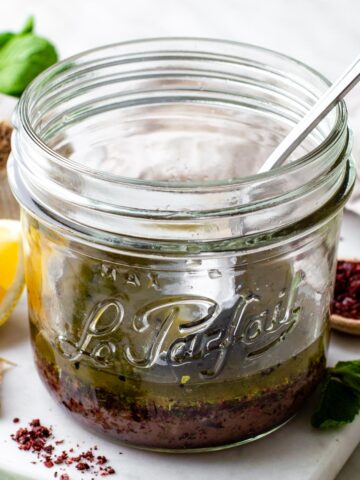

Max says
Love it! I want to try making it with noodles as well. What kind of noodles would you recommend?
Petranka says
You can use any ramen noodles you like, Max. 🙂
Anne says
Great recipe!
I subbed cream cheese and half and half for the heavy cream because I was cleaning out my fridge. Also had romano instead of parm for the same reason.
I will be making this again!
Petranka says
Sounds delicious! Thank you for sharing, Anne!